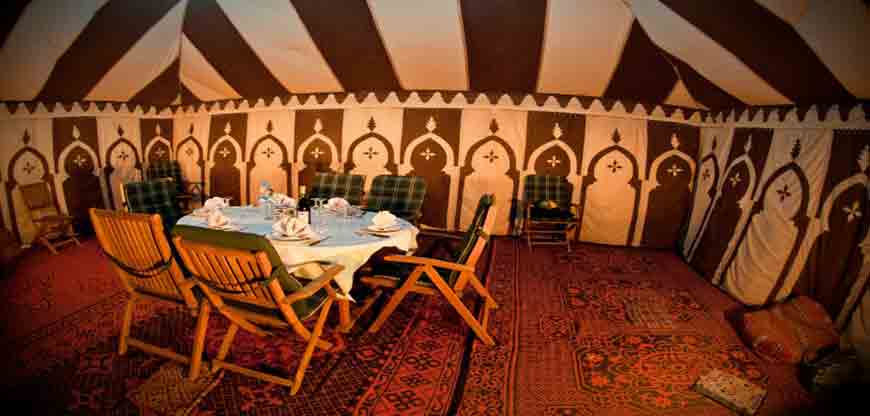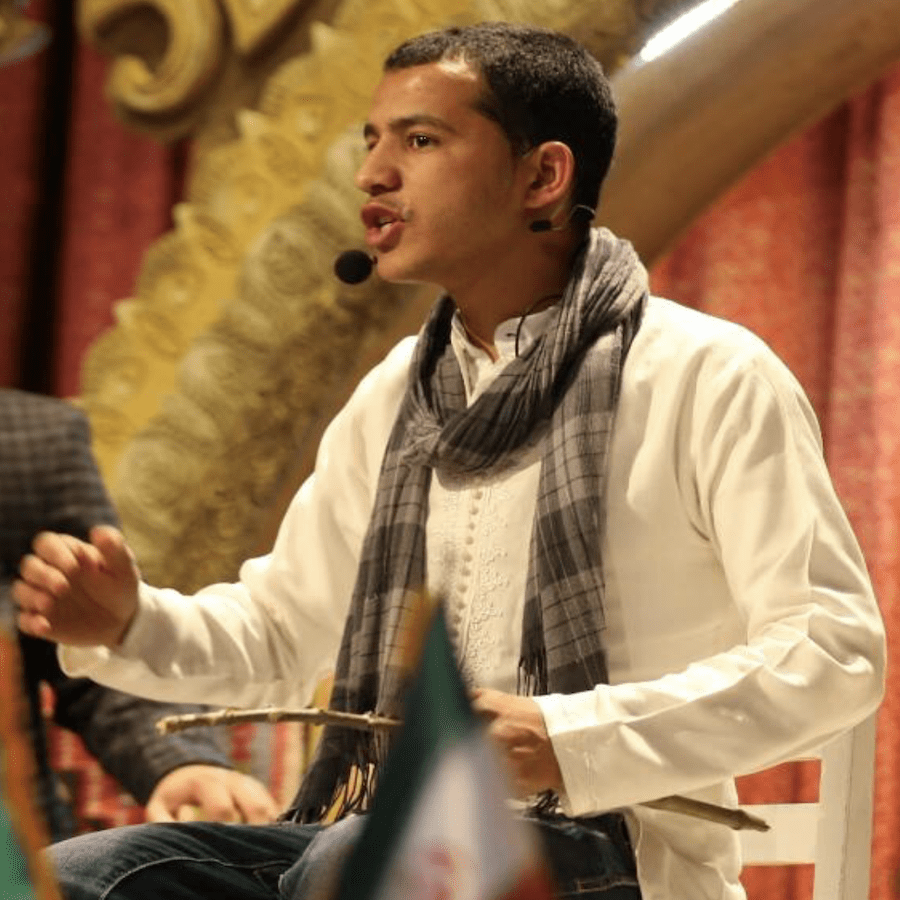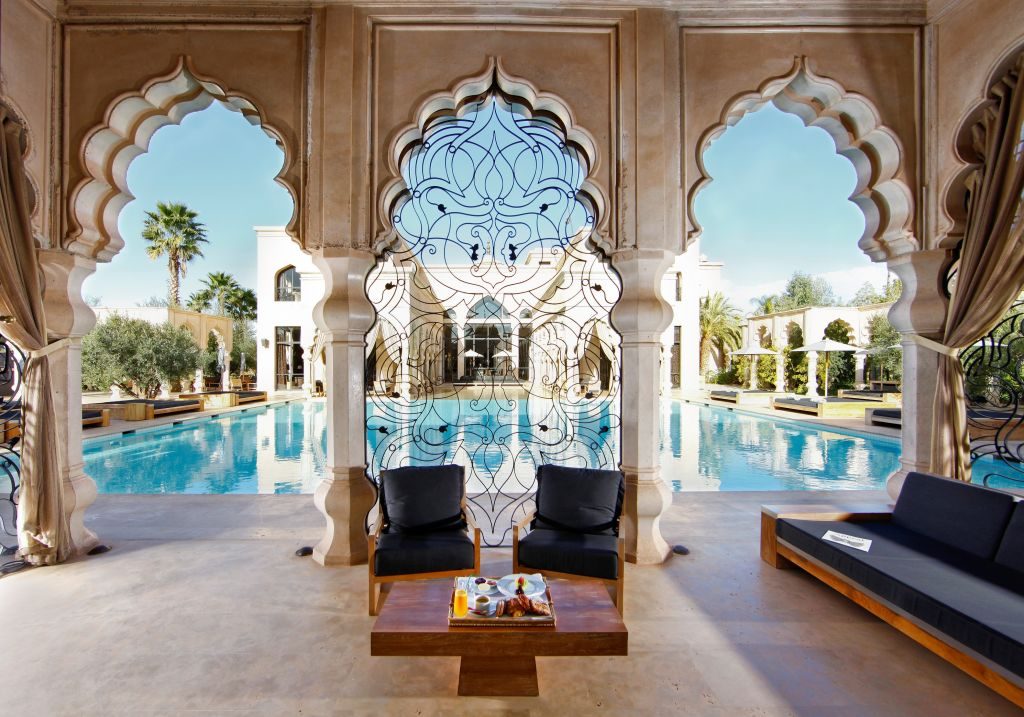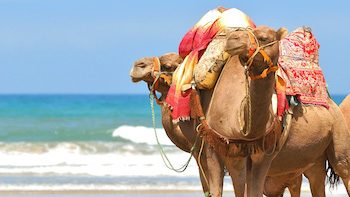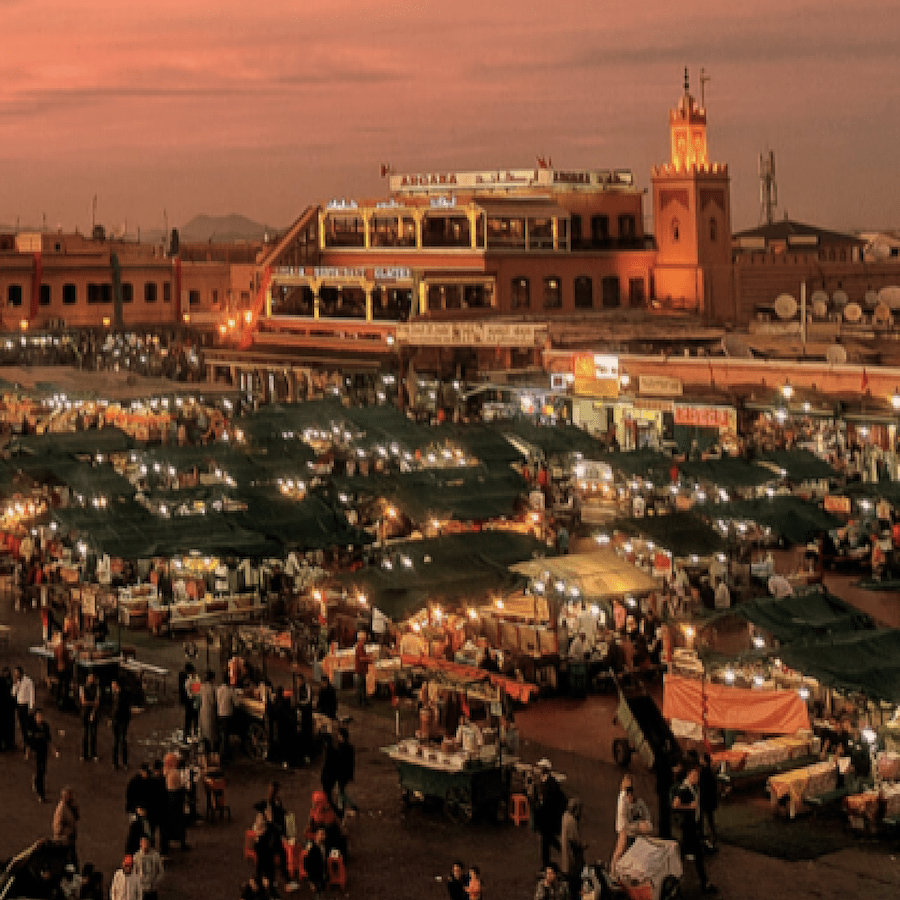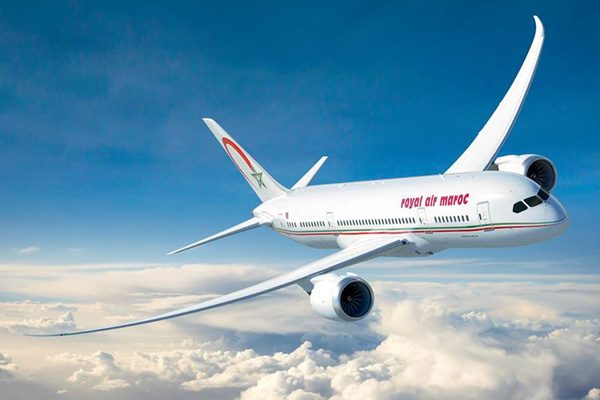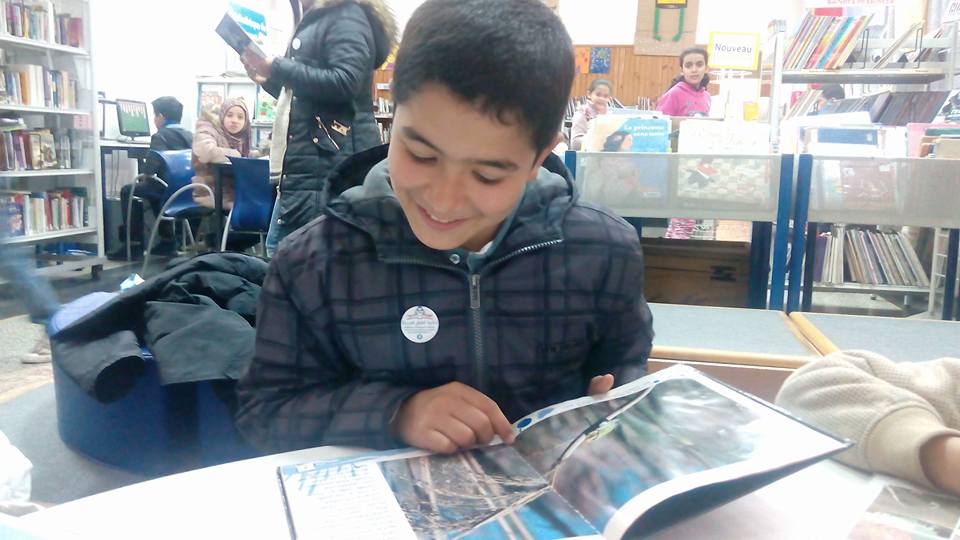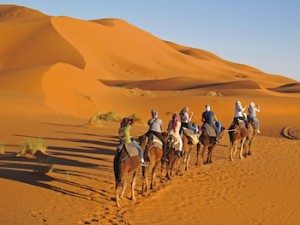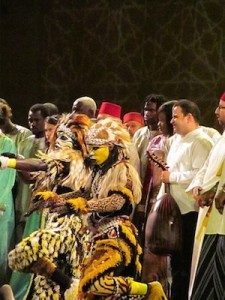Storytelling is experiencing a revival in many Western countries right now, but the tradition of oral storytelling, or hikayat, in Morocco is almost 1,000 years old. Morocco has a strongly oral culture – everything from recipes to stories to legal agreements have been passed down from generation to generation in the absence of the means to record such information and against the backdrop of widespread illiteracy. In the past, storytellers travelled around to perform in public places and at community events and palace celebrations. They were not only a form of entertainment – they were also used by the authorities to pass information and moral messages. In today’s era of satellite TV and the internet, storytelling is a dying art. Although visitors to Marrakech may find the odd storyteller on Place Jmaa el Fna, the crowd around them is smaller than ever and because the stories are told in Arabic or a Berber dialect, the performers cannot attract the support of foreign tourists.
